Oceania/ Autralia/ 08.10.2019/ Source: thenewdaily.com.au.
The United Kingdom’s Labour Party has recently made a landmark decision to, if it were to form government, pass legislation that would effectively spell the end of private schools.
In a move the party says would abolish the “privilege of a tiny elite”, private school systems would be dismantled and navigated into the public sector.
The finer details of exactly how this would happen are still being developed.
In the interim, the proposal has raised questions about the necessity of splitting education into private and public streams, going forward.
The New Daily asked Southern Cross University School of Education associate professor (adjunct) Dr David Zyngier for his assessment on how a similar plan could or couldn’t work in Australia.
Nationalise our private schools?
In terms of setting a precedent, how influential is UK Labour’s decision to effectively scrap private schools?
The UK Labour Party has decided if elected to scrap elitist private schools which are confusing called “public schools” in the UK. In the UK these private schools are not publicly funded but have tax deductible status. UK Labour endorsed plans that would abolish private schools by removing their charitable status and redistributing their endowments, investments and properties to the state sector.

Basically, a nationalisation process, it represents an existential threat to their dominance of the most influential roles in the British establishment. The policy added universities would be limited to admitting the same proportion of private school students as in the wider population, currently 7 per cent. The chief executive of the Independent Schools Council, which represents about 1000 private schools in England, said Labour’s vote was an attack on the rights of parents.
How is the education environment different in the UK to Australia?
In the UK private schools are not directly publicly funded but have tax deductible status. In Australia these schools have DRG status as well as being partially to almost wholly funded through public subsidy by both states and federal governments. British private schools (known as public schools) don’t get any government funding but rely totally on fees raised from parents and donors. They are private businesses, run for profit.
This was also the situation in Australia prior to 1963 with the beginning of what has been termed State Aid to Catholic schools to bring their facilities in their “systemic” or parish schools up to a respectable standard with science facilities and at the same time began the long-term process of providing federal benefits to elitist private schools. At that time some 25 per cent of students were enrolled in private schools in Australia and in 1965 these schools received 25 per cent of all Commonwealth funding. Today private schools receive 75 per cent of all federal funding.
The recent OECD Education at a Glance 2019 shows that Australia is the fourth most privatised country. Whereas countries like Sweden, Norway, Finland, Luxembourg spend almost no private money on school education Australia ranks fourth-last in the most privatised school education spending in the OECD before Mexico, Columbia, Turkey, with 35 per cent of students attending private schools whereas it is only 7 per cent in the UK.
In the UK most faith-based schools are part of the public system, as they are in most European countries and Canada. Religious schools (Catholic, Jewish, Muslim, Sikh) are public schools and fully funded by the public and do not charge additional parental fees.
In Australia private schools on average receive about $10,000 per student from combined government funding on top of the parental fees which can be as much as $35,000 per student (non-boarding).
According to research by former Productivity Commissioner Trevor Cobbold real funding (adjusted for inflation) for public schools between 2009-2017 was cut by $17 per student (-0.2%) while funding for Catholic schools increased by $1420 per student (18.4%) and $1318 (20.9%) for so-called independent schools per student.
Total real income per public student over that time period fell by $58 (-0.5) but increased by $1888 (17.8%) in Catholic schools and by $2306 (15.1%) in independent schools per student.
It is claimed by conservative commentators that private schools are more efficient in their use of money. Last year 2,558,169 (65%) Australian students attended public primary and secondary schools. Combined government recurrent (non-capital) expenditure averaged $17,531 per student across all states and territories.
In the Catholic and Independent schools this figure was $19,302 including $10,664 of public funding per student, the rest being made up of parent fees. Given recent research finds that public schools (excluding select entry schools) equal or outperform private schools when socio-economic status is considered one must ask why does it take so much extra money to educate private school students? Perhaps it is because the decline in Australia’s performance in international tests over the decade is primarily due to falling results in private schools, the falls being similar in both Independent and Catholic schools.
Can you ever see something similar happening in Australia? Would it be a positive or negative change for the country’s education system?
Study after study indicate that money does really matter in education in disadvantaged communities but not in wealthier ones. Unfortunately, in Australia it seems that most of the additional government spend on education flows to private schools that don’t need this additional money. Any private school that charges fees over the agreed Schooling Resource Standard ($11,343 for primary and $14,254 for secondary students in 2019) should immediately lose all public funding.
Elitist schools across Australia charging more than $20,000 in fees do not need public money. They will not lose too many students if they need to raise their fees even higher. If private schools cannot meet their recurrent costs, they could voluntarily become public schools opening enrolment to all students in their local area.
Schools charging less than the resource standard should have their public funding reduced gradually by 10 per cent per annum until it is zero. Again, if these schools cannot meet their financial obligations they could be taken over by the state and become as in the UK and elsewhere state-run faith-based schools but still open to all children in their local area. This would be an actual saving of money over time.
What can Australia take away from this plan?
Given the $14 billion the public subsidised Catholic and Independent schools in Australia in 2018, should some private and Catholic schools start to close if their subsidies were removed so that some 5 to 10 per cent of their students were to enrol in public schools there would be no problem integrating all these kids into an equitable multicultural diverse public education system. We would then return to the same situation before the “school choice” phenomenon.
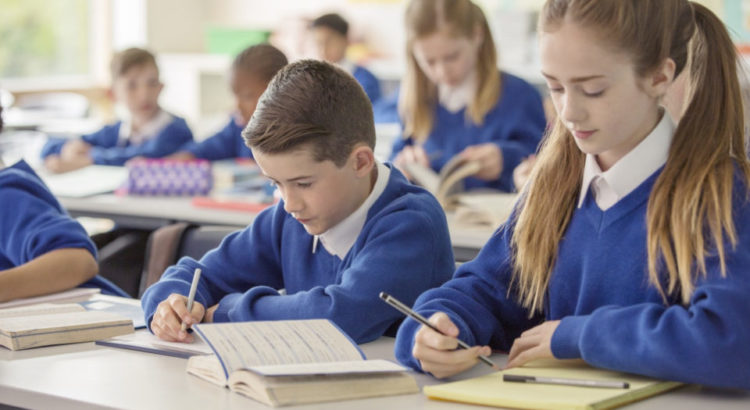
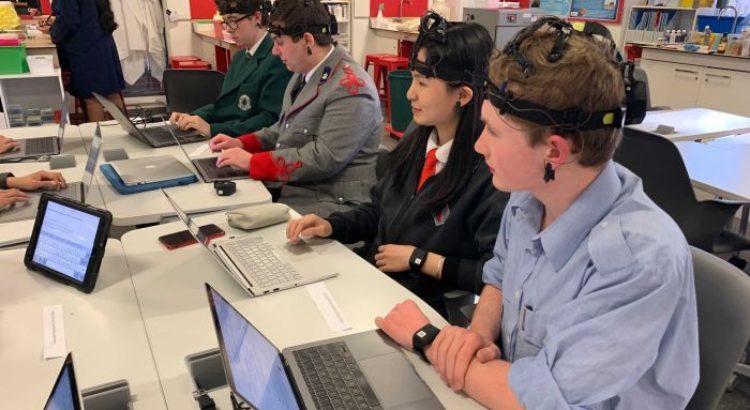


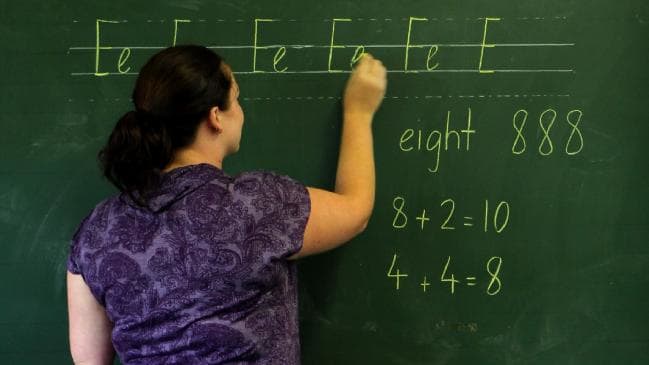


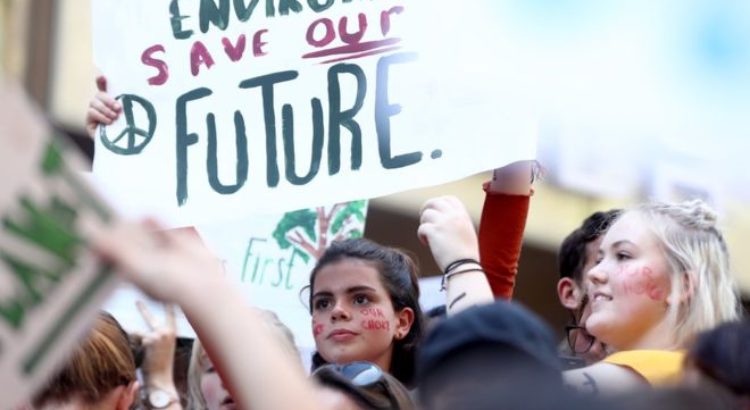
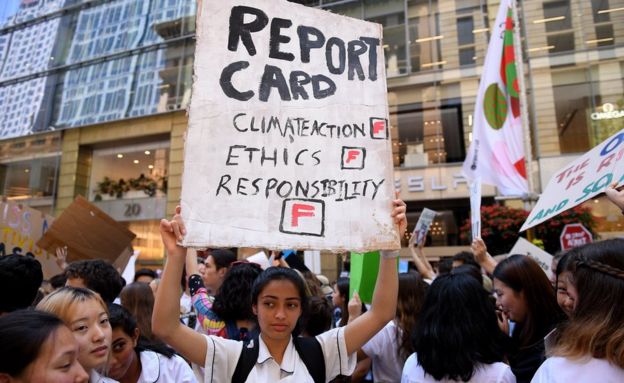
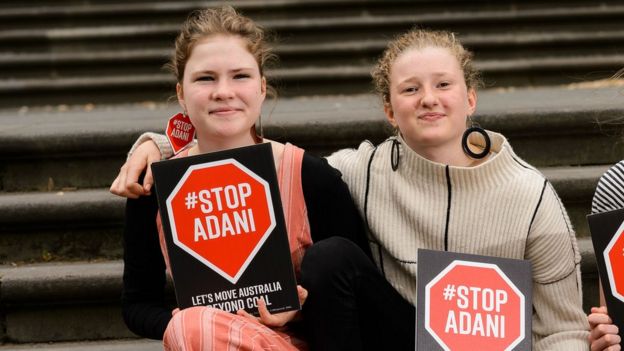

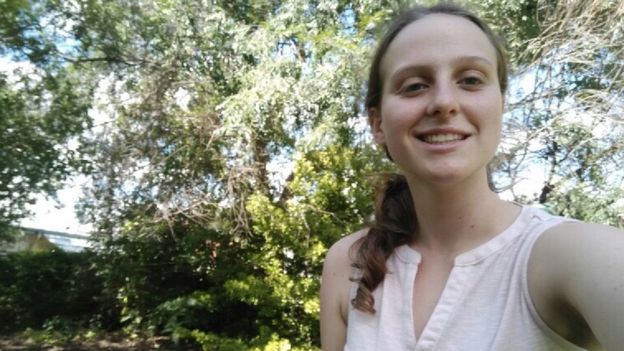





 Users Today : 125
Users Today : 125 Total Users : 35404603
Total Users : 35404603 Views Today : 147
Views Today : 147 Total views : 3334187
Total views : 3334187